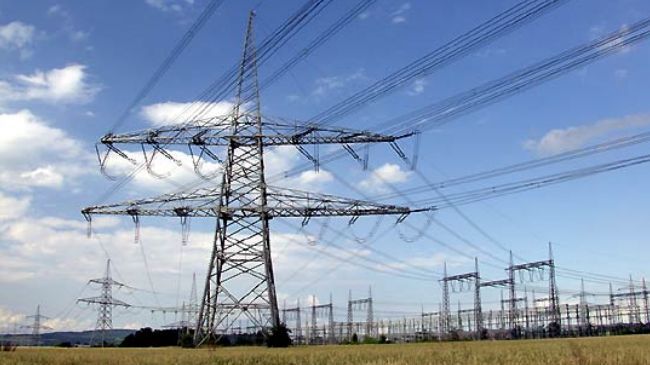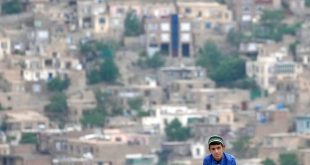While there is plenty of news about violence, militancy, illiteracy, poverty and frustration, how about some good news for a change. Yes, the news about the change and hope is that the much-awaited Central Asia South Asia (CASA-1000) power transmission project was finally signed Friday in Istanbul, Turkey. The deal has made Afghanistan to get US$45 million in transit revenues based on October’s agreement between Kabul and Islamabad over transit pricing. The deal not only will give financial benefits to Afghanistan but it makes its position in the region as linchpin connecting Central and South Asia. Based on the agreement, Afghanistan receives 1.2 percent from each kilowatt power that goes from Kyrgyzstan and Tajikistan to Pakistan via Afghanistan. The project will connect all the four countries. The region is coming closer and together for good and now is the time the two countries—Afghanistan and Pakistan must look beyond differences as trade relations must be given a chance to bring the two nations more closer. Since the line will go through Kunduz, Baghlan, Panjsher, Parwan, Kabul and Nangarhar provinces therefore they will be benefited as well as the 300MW is Afghanistan’s share. If Afghanistan doesn’t need its share, it would be used by Pakistan and Afghanistan will get its price. But getting money for the 300MW wouldn’t be any rational idea as currently Afghanistan needs to establish local industries and factories. For energy-starved Pakistan, 1000MW is quite sufficient to keep its factories running and dynamic. Though extreme power shortages in Kabul are fever now than they were when the government started off back in 2001 as the entire capital city used to plunge into dark after evening. However, many parts in countryside still remain without access to electricity. In Kabul, recently the power shortages were caused by disruption in power supply lines as well as by the swelling of Kabul’s population as well-off families from across the country are rushing to Kabul. Power supply has been maintained by the government by signing agreements with Central Asian neighbors particularly Tajikistan, nevertheless Afghanistan must learn how to utilize its own natural resources for power generation. A major power supply project is the Kajaki Dam, located in the volatile Helmand province, the hotbed of the Taliban and a biggest producer of opium. Unfortunately, most of our waters are not utilized for energy production. The government is blameworthy as it has not attempted seriously how to utilize water and other natural resources for power generation. When it comes to reconstruction and investment in Afghanistan, besides the United States—a key donor and player, China, India and Iran have played an effective role as the largest venture in mineral sector is Mes Aynak, a Chinese project, estimated to be worth around US$3.5 billion, to develop one of the world’s biggest copper deposits. And when there is a multilateral project where various sets of regional states are involved, they not only provide economic opportunities but also help in defusing political disputes as well. Let’s hope CASA-1000 will be one among such multilateral projects.

 Afghanistan Times
Afghanistan Times

